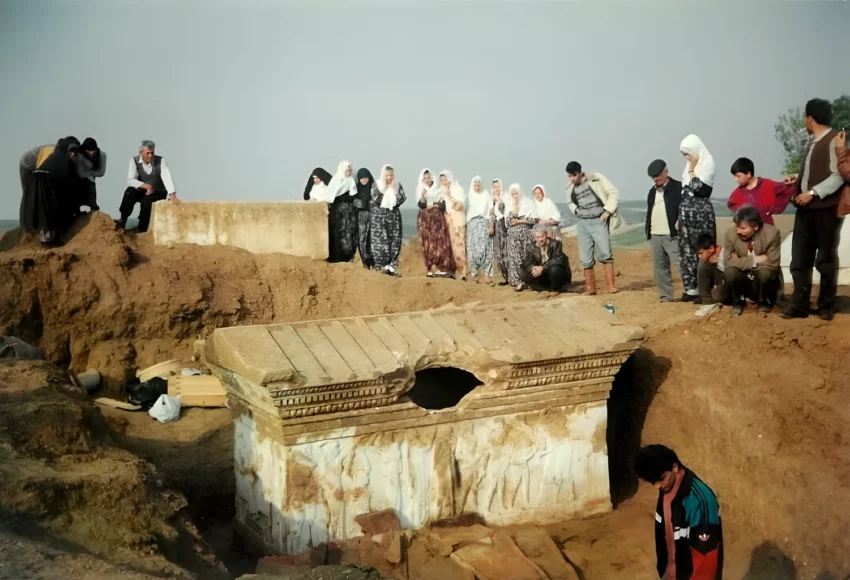A Glimpse into the Past
The Polyxena Sarcophagus, dating back to the late 6th century BC, is a remarkable relic from Hellespontine Phrygia, discovered in 1994. Unearthed in the Kızöldün tumulus near the Granicus river valley in the Çanakkale Province of Turkey, this sarcophagus stands as a testament to the artistic and cultural confluence of its time. The region where the sarcophagus was found lies midway between the legendary city of Troy and Daskyleion, the capital of Hellespontine Phrygia, during the period when it became a province of the Achaemenid Empire.
Get your dose of History via Email
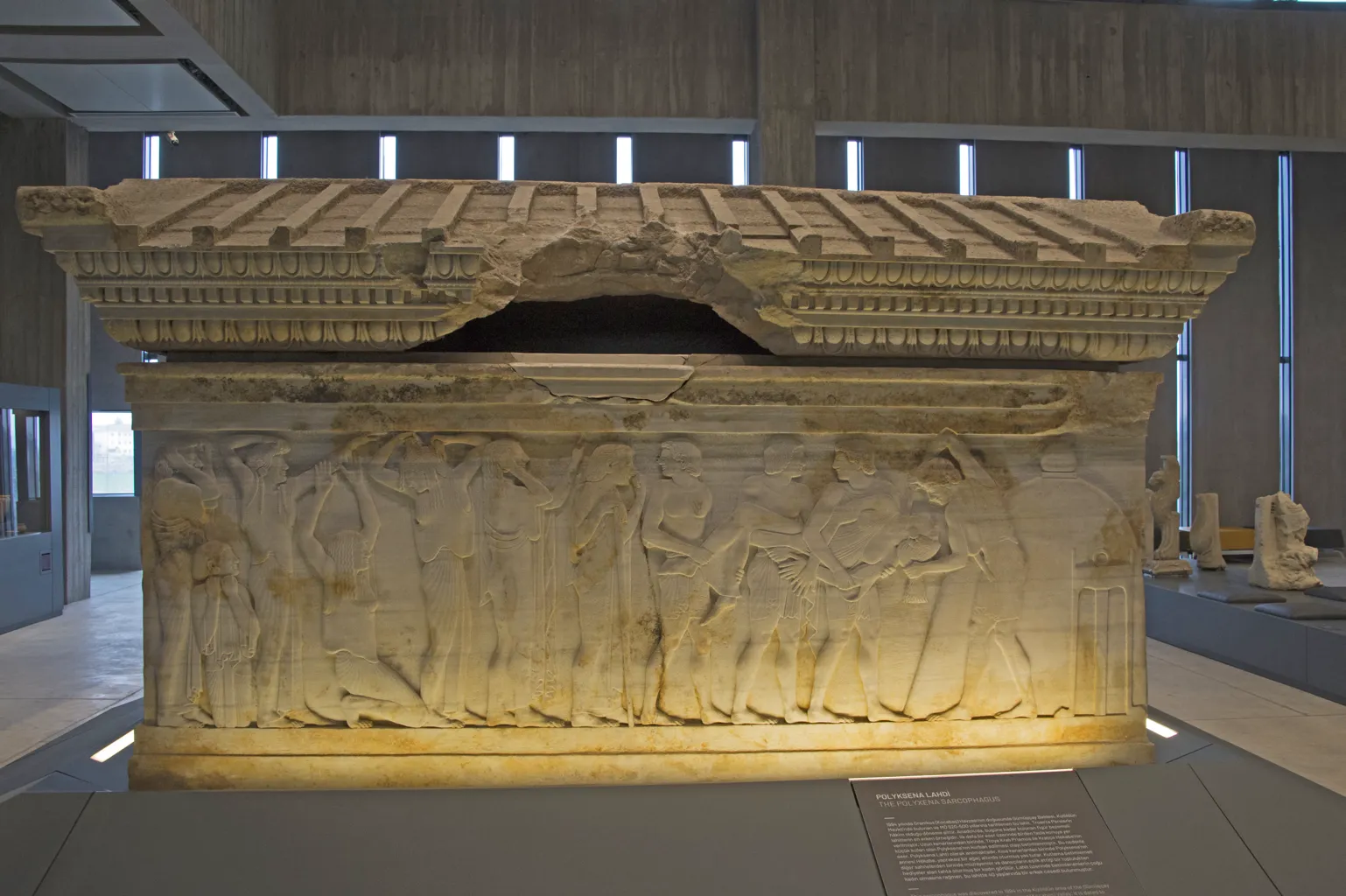
Artistic Significance of the Polyxena sarcophagus
The Polyxena Sarcophagus is noted as the earliest stone sarcophagus with figural reliefs found in Asia Minor. Its style is distinctly Late Archaic Greek, dating to the last two decades of the 6th century BCE (520–500 BCE), or slightly later (500–490 BCE) based on stylistic analysis. This sarcophagus is a masterpiece of the period, reflecting the artistry and craftsmanship of the ancient world.
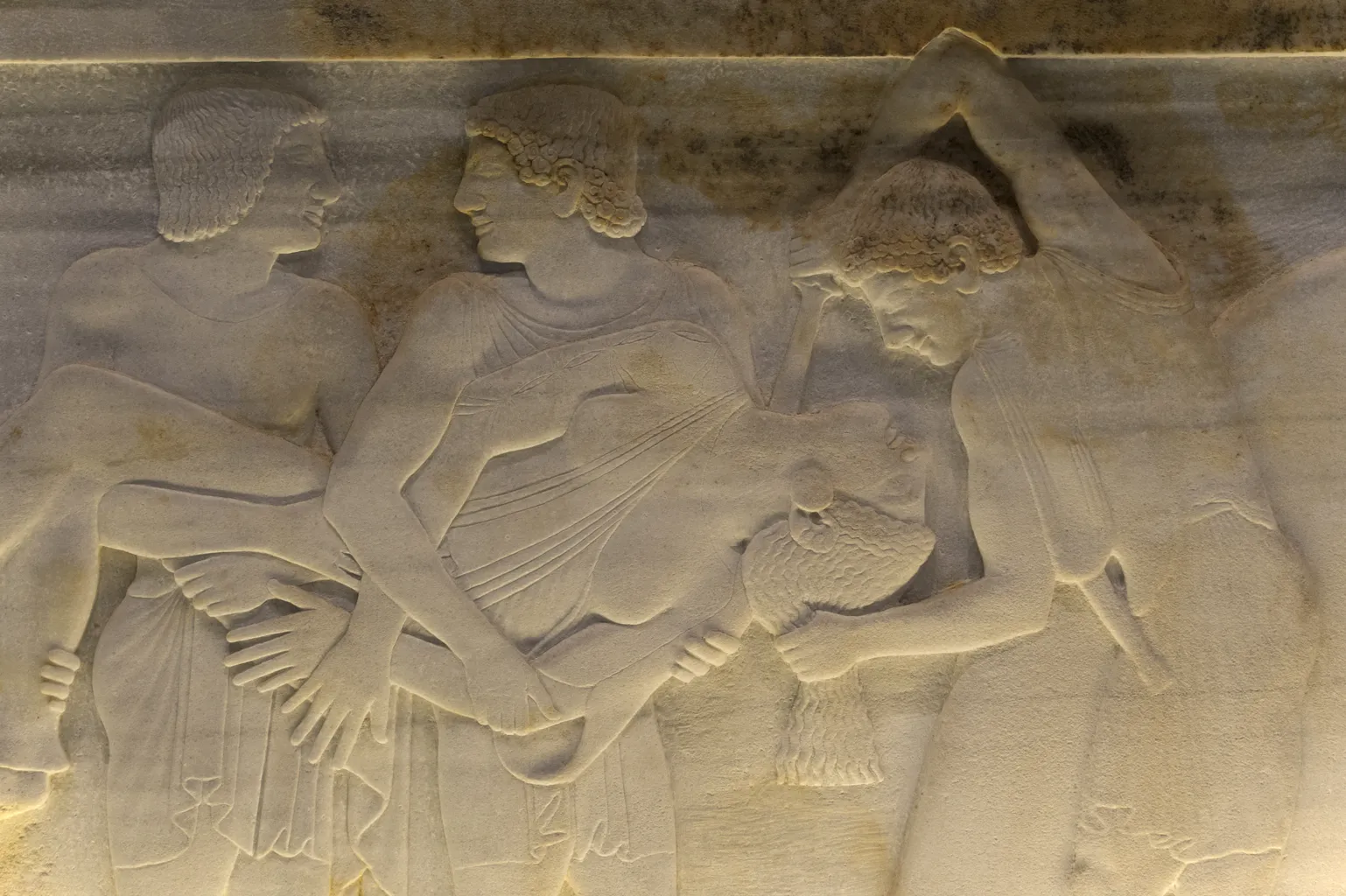
Depictions and Themes
The reliefs on the sarcophagus illustrate a funerary celebration on three of its sides. The back panel, however, presents a more somber and dramatic scene believed to depict the sacrifice of Polyxena, daughter of King Priam of Troy, by Neoptolemos in front of the tomb of his father, Achilles. This narrative element is indicative of the hero cult for Achilles, which usually involved animal sacrifices, at a Troad tumulus where Achilles might have been buried.
Strabo’s Account
The depiction of Polyxena’s sacrifice aligns with historical accounts suggesting a hero cult for Achilles in the Troad region. The ancient geographer Strabo mentioned this in his writings, noting that sacred ceremonies were performed in honor of Achilles, Patroclus, Antilochus, and Ajax, while Hercules was not worshipped due to his ravaging of the country. Strabo’s account adds a layer of historical context to the sarcophagus, linking it to the broader cultural and religious practices of the time.
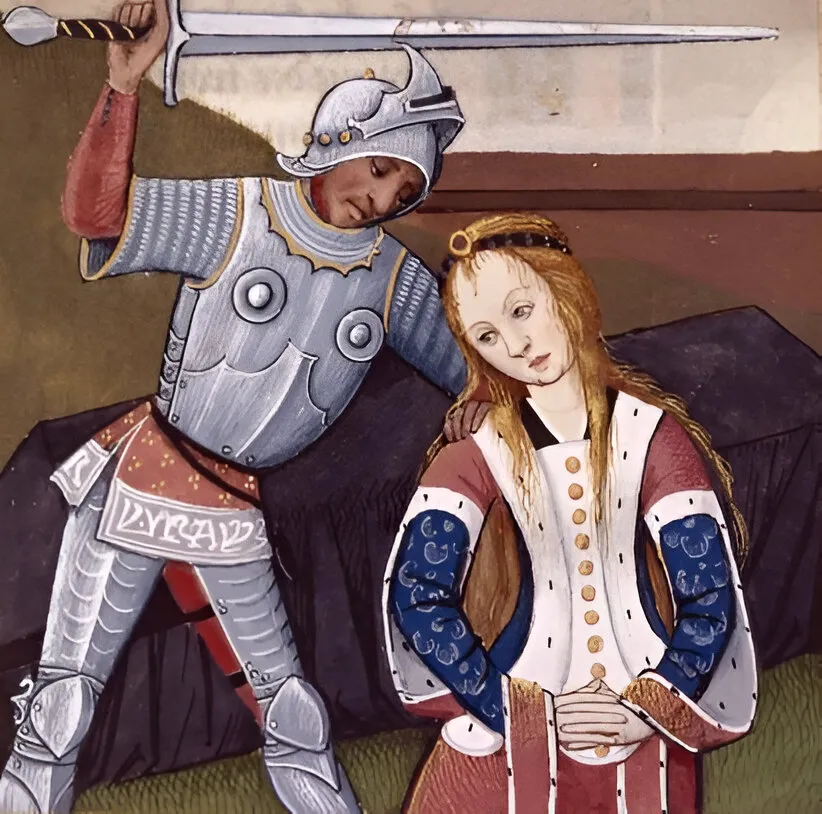
Cultural Confluence
The reliefs on the Polyxena Sarcophagus are particularly noteworthy for their depiction of Greek and Trojan figures. The men in the reliefs are portrayed as Greeks, while the women are depicted as Trojans, highlighting the cultural interactions and conflicts between these two ancient civilizations. This artistic choice underscores the sarcophagus’s role not only as a funerary object but also as a cultural artifact reflecting the complexities of ancient Greek and Trojan relations.
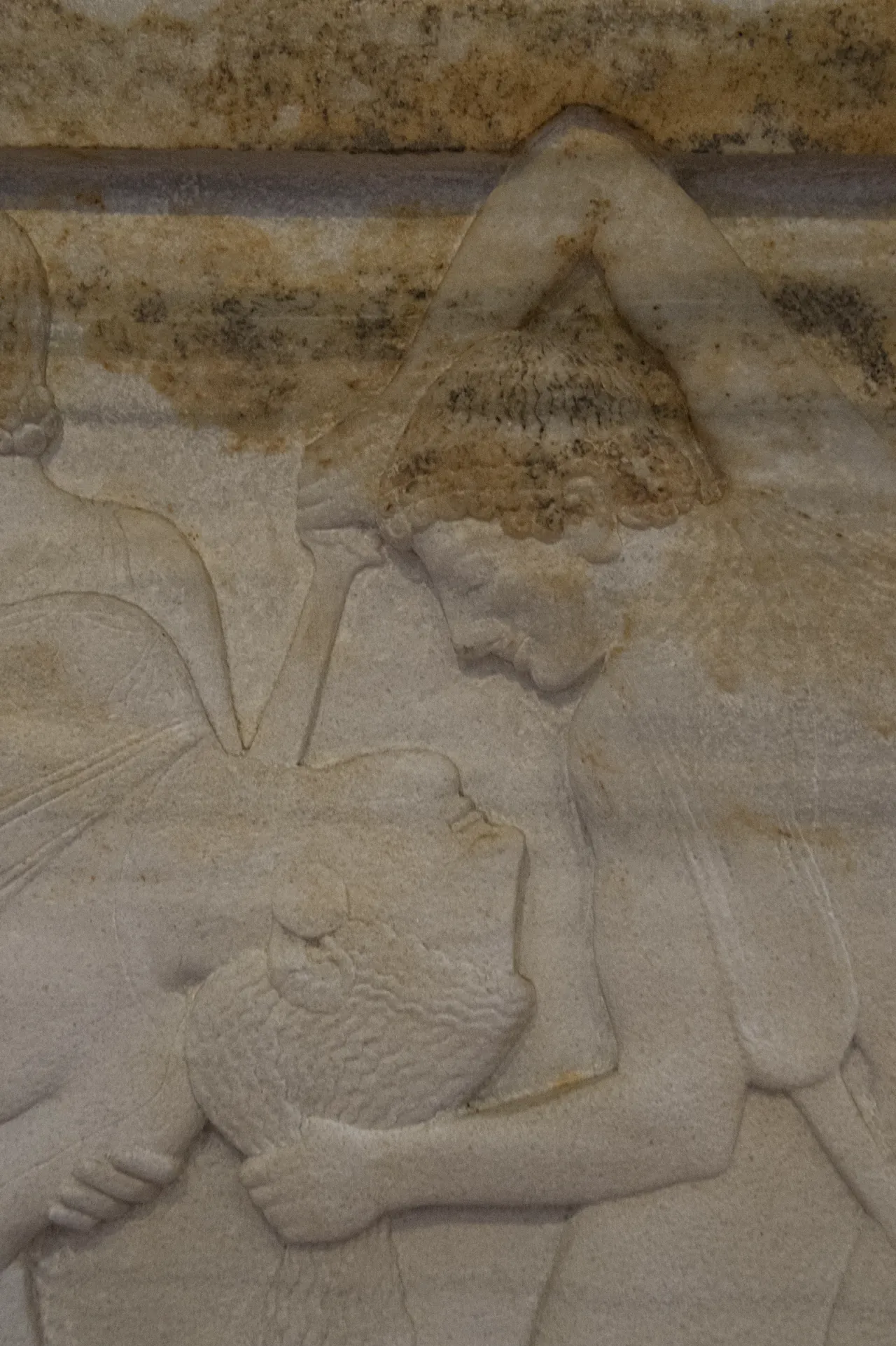
Conclusion: A Timeless Artifact
The Polyxena Sarcophagus remains a significant archaeological and artistic find, offering insights into the Late Archaic Greek style and the cultural dynamics of Hellespontine Phrygia. Its intricate reliefs and historical significance provide a window into the ancient world, where myth, art, and history intertwine to tell the story of Polyxena and the legacy of Achilles. As we study and preserve such artifacts, we continue to uncover the rich tapestry of human history and the enduring legacy of ancient civilizations.
Sources:

